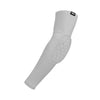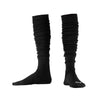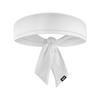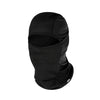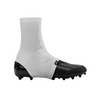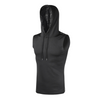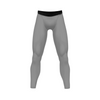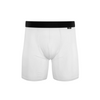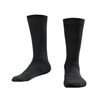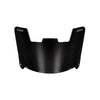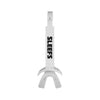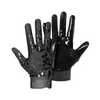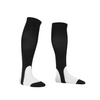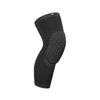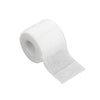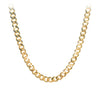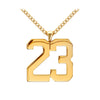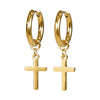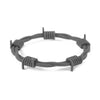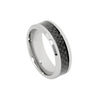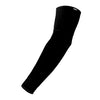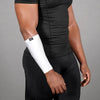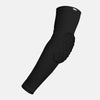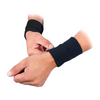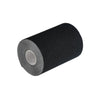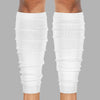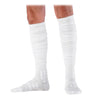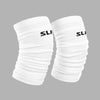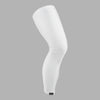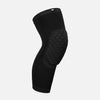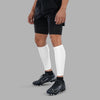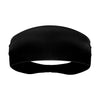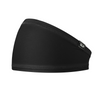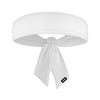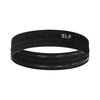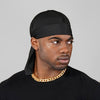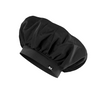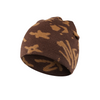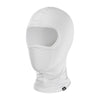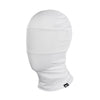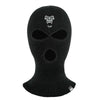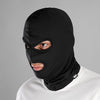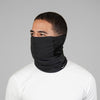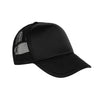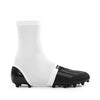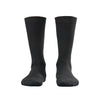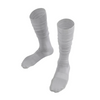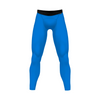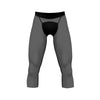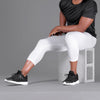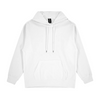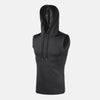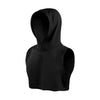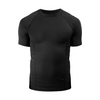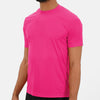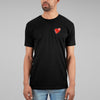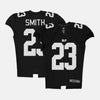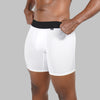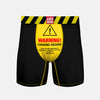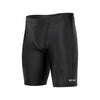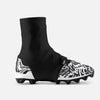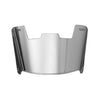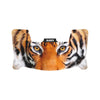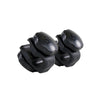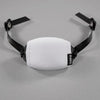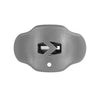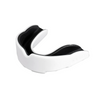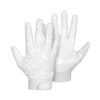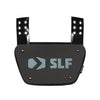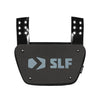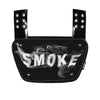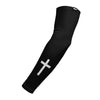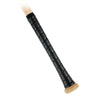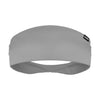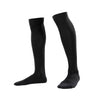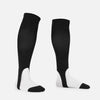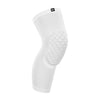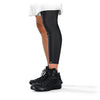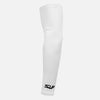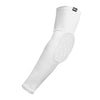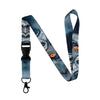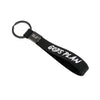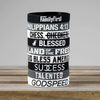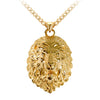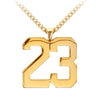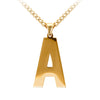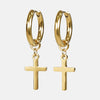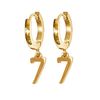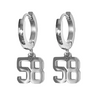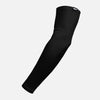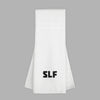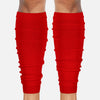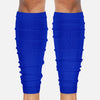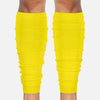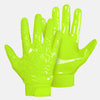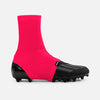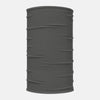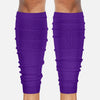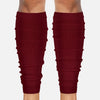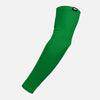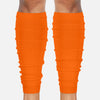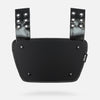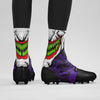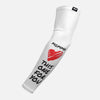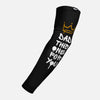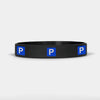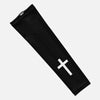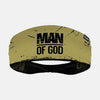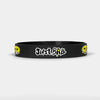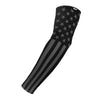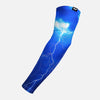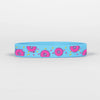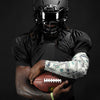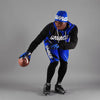Football Helmet Visors: The Essential Accessory
An athlete could play football for decades without adding a visor for a football helmet to his standard gear ensemble and never realize what he was missing, but any football player who starts to use a helmet visor will never again want to play ball without this hardware upgrade. Football helmet visors can take your game to the next level on offense and defense, and currently that defense is about more than just keeping the opposing team out of the end zone: it’s also about protection from COVID-19.
Doctors still aren’t sure of all the ways the coronavirus is transmitted, but as many viruses can be contracted by pathogens that enter the body through contact with the eyes, there’s a very good chance that the virus causing COVID-19 can get into the body through the eyes. That means that even when your nose and mouth are covered by a mask, you might not be covered from catching the illness from airborne aerosol droplets expelled from an infected person nearby. And at few times are more of such droplets expelled than during the intensity of a football game, the play of which often involves bodies literally piled on top of one another, breathing as heavily as at any time in life.
Like the plexiglass shield walls now common at banks, schools, grocery stores, and beyond, a visor for a football helmet can stop potentially viral-bearing aerosols from getting onto the face of a football player, keeping him safe from infection. A helmet visor therefore might be the single most important thing you add to your game gear this year. But in any year, global pandemic or no, visors for football helmets are still well worth their cost.
A football helmet visor is primarily intended to enhance the protection offered to its wearer. The visor protects the upper half of the face against injuries caused by physical contact with anything from a cleat to an elbow to a finger to a flying clod of turf and it protects the eyes by stopping dust, dirt, and other small particles from reaching and potentially scratching the corneas.
A good football helmet visor will also protect its user’s eyes against another potential source of damage: ultraviolet light. UV light, whether created by the sun or by artificial light sources, is invisible to the human eye but is a dangerous and damaging radiation that can cause long-term damage to the human body. UV light is the reason it’s important to wear sunblock when you’re outside on sunny days to protect your skin and sunglasses to protect your eyes. By blocking UV light, a football visor can help protect your eyes during all the hours of practice or play that otherwise might expose you to far too much potential damage and to long-term eye damage.
But a visor for a football helmet is about more than just defense against UV light, physical injury, or even from coronavirus infection: football helmet visors are also a tool designed to take your offensive game to the next level. By cutting the glare out of harsh sunlight or stadium lights, adding a visor to your helmet can help you see the field of play better, giving you an edge as you dodge defenders, look for a target for your throw, seek out a ball in the air, or close the gap to make a tackle. Simply put, the better you can see, the better you can play, so by blocking glare a football helmet visor will help you be your best out there on the gridiron.
The fact that a tinted football helmet visor can also make you look more intimidating to the other team and can help hide your eyes, not letting opponents see where you are looking as you plan a play can also make you a better player than ever.
